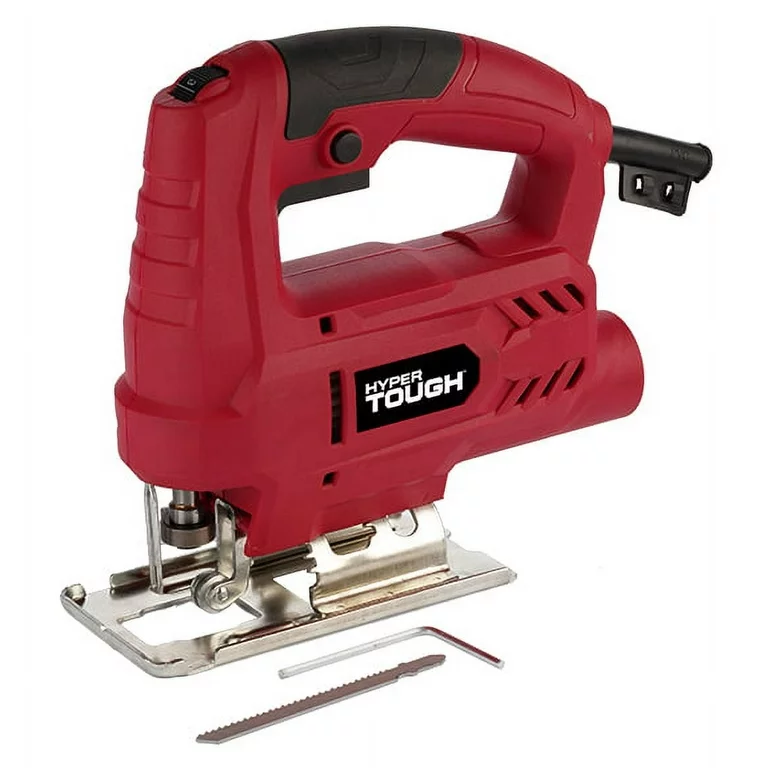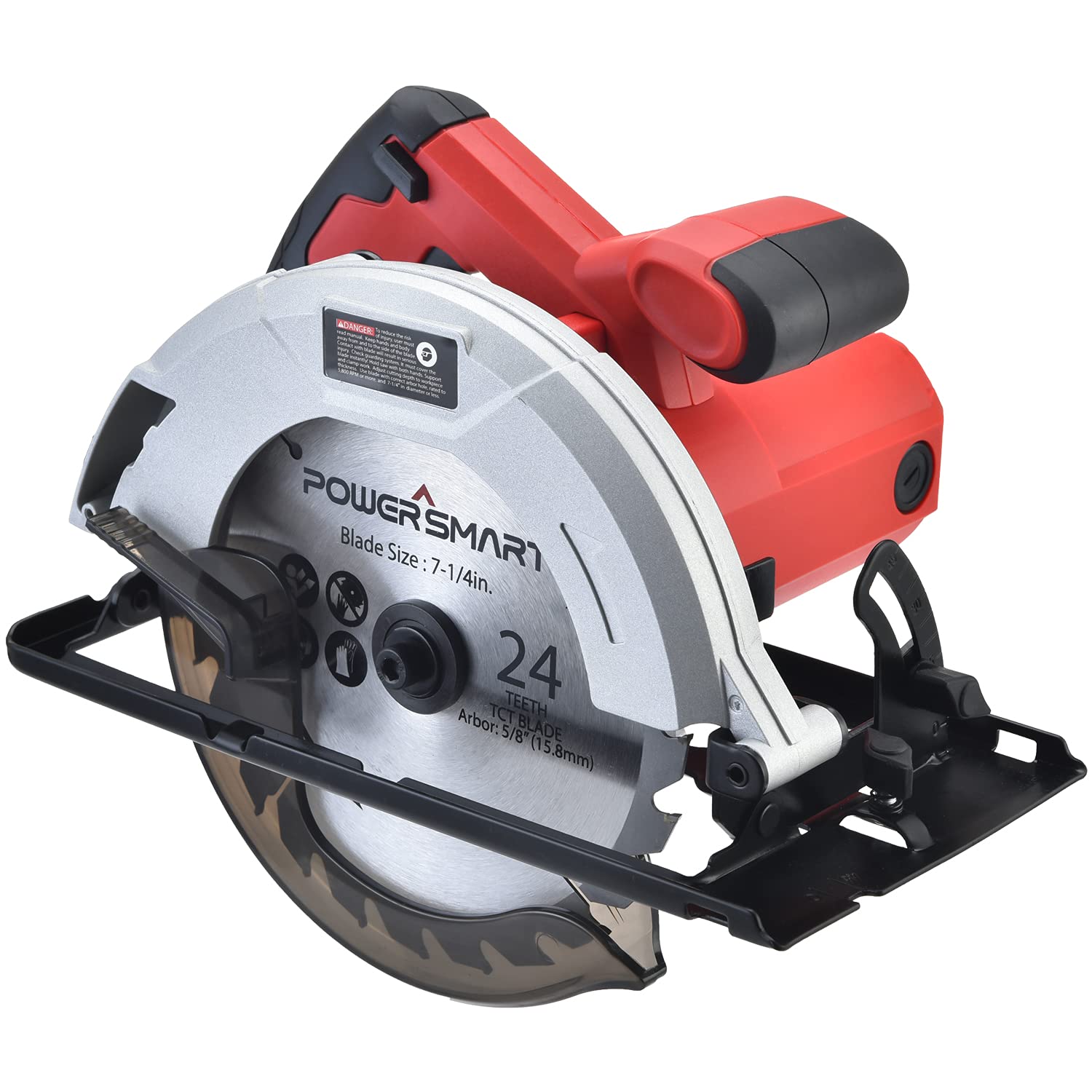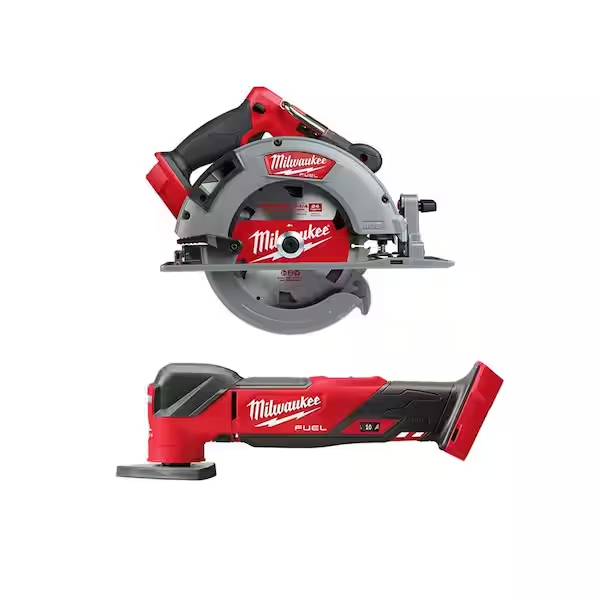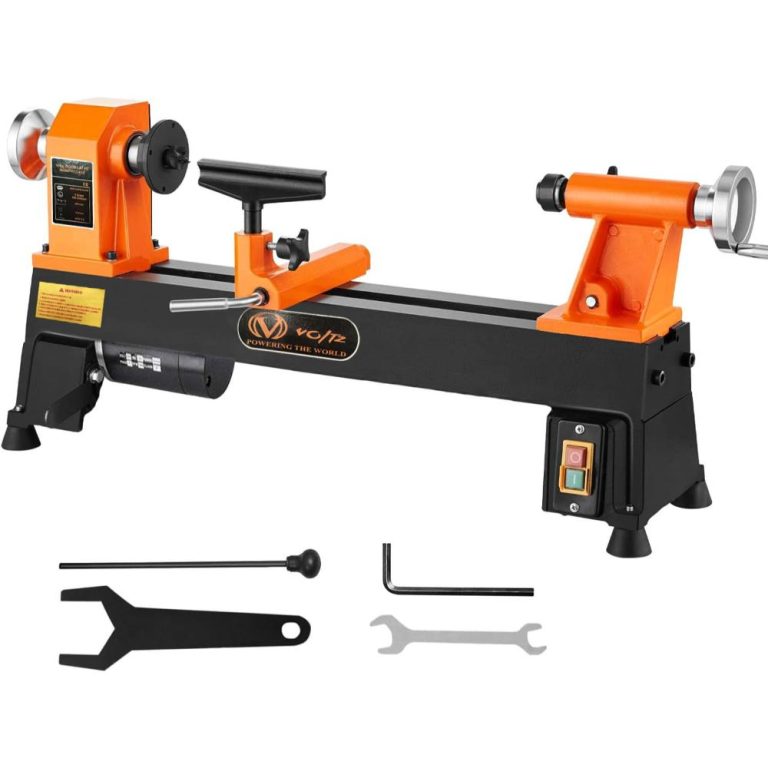
Electric Saws: Revolutionizing Woodworking and Construction
The Evolution of Electric Saw: From Manual Labor to Powered Precision
Electric saws have transformed the world of woodworking and construction. These powerful tools evolved from their manual counterparts, bringing efficiency and precision to cutting tasks. The journey began in the late 19th century when the first electric-powered saws emerged. Initially, these machines were large, stationary, and primarily used in industrial settings. As technology advanced, electric saws became more compact and versatile. The introduction of portable electric saws in the mid-20th century marked a significant milestone. This innovation allowed workers to bring the saw to the workpiece, rather than the other way around.
Over time, manufacturers developed various types of electric saws to suit different cutting needs. Circular saws, jigsaws, reciprocating saws, and miter saws became staples in workshops and construction sites. Each type offered unique advantages for specific cutting tasks. Today, electric saws continue to evolve with improvements in motor efficiency, battery technology, and ergonomic design. These advancements have made electric saws more powerful, longer-lasting, and easier to use than ever before. From DIY enthusiasts to professional contractors, electric saws have become indispensable tools for anyone working with wood or other materials.

Types of Electric Saws: A Tool for Every Job
Electric saws come in various types, each designed for specific cutting tasks. Circular saws, with their round blade, excel at making straight cuts in wood, plywood, and other materials. These versatile tools are popular for both rip cuts and crosscuts. Jigsaws, on the other hand, use a reciprocating blade to make curved and intricate cuts. They’re ideal for cutting shapes, circles, and patterns in wood, metal, or plastic. Reciprocating saws, also known as recipro or Sawzalls, are perfect for demolition work and cutting in tight spaces.
Their back-and-forth blade motion can cut through wood, metal, and even nails. Miter saws specialize in making angled cuts, essential for trim work and framing. They can create precise bevels and compound angles with ease. Table saws provide a stable platform for making long, straight cuts in large pieces of wood. They’re invaluable for ripping boards and creating dados. Band saws use a continuous loop blade to make curved cuts and resaw thick lumber. Tile saws, equipped with diamond-tipped blades, cut through ceramic and stone tiles with precision. Each type of electric saw serves a unique purpose, allowing users to choose the right tool for their specific cutting needs.
Key Components of Electric Saws: Understanding the Anatomy
Electric saws consist of several key components that work together to deliver efficient cutting performance. The motor serves as the heart of the saw, converting electrical energy into mechanical power. Most electric saws use either brushed or brushless motors, with brushless motors offering greater efficiency and longevity. The blade or cutting element varies depending on the type of saw. Circular saws use toothed disc blades, while jigsaws and reciprocating saws employ narrow, reciprocating blades. The blade guard protects users from the cutting edge and helps manage debris.
Many electric saws feature adjustable base plates or shoes that allow users to control the depth and angle of cuts. The handle and grip provide control and comfort during operation. Some models include auxiliary handles for added stability. Power switches, often with safety locks, control the saw’s operation. Advanced models may include variable speed controls for versatility in cutting different materials. Dust collection systems help maintain a clean work area and improve visibility during cuts. Battery-powered saws include rechargeable lithium-ion batteries and charging units. Understanding these components helps users choose the right saw for their needs and maintain their tools effectively.

Power Sources: Corded vs. Cordless Electric Saws
Electric saws draw power from either corded or cordless sources, each offering distinct advantages. Corded electric saws plug directly into electrical outlets, providing consistent power for extended use. These saws excel in heavy-duty applications where constant high power is necessary. They eliminate the need for battery changes or recharging during long work sessions. However, corded saws limit mobility and require access to power outlets. Cordless electric saws, powered by rechargeable batteries, offer greater portability and convenience.
Users can work in remote locations without worrying about power sources. Recent advancements in battery technology have significantly improved the runtime and power output of cordless saws. Many now rival their corded counterparts in performance. The ability to quickly swap batteries allows for continuous work on large projects. However, cordless saws may have slightly less power than corded models and require regular battery charging. Some manufacturers offer hybrid models that can operate on both battery power and corded electricity. This versatility allows users to choose the most appropriate power source for each task. When selecting between corded and cordless saws, consider factors such as intended use, job site conditions, and personal preferences.
Safety Features and Best Practices: Prioritizing User Protection
Safety remains paramount when operating electric saws. Manufacturers incorporate various safety features to protect users from potential hazards. Blade guards cover the cutting edge when not in use, reducing the risk of accidental contact. Many saws include electric brakes that quickly stop the blade rotation when the trigger is released. Anti-kickback mechanisms help prevent the saw from jumping back towards the user during operation. Some models feature built-in laser guides or LED lights to improve cutting accuracy and visibility. Despite these safety features, users must follow best practices to ensure safe operation.
Always wear appropriate personal protective equipment, including safety glasses, hearing protection, and dust masks. Secure workpieces firmly before cutting to prevent movement and potential accidents. Keep hands away from the cutting area and use push sticks or featherboards when necessary. Regularly inspect saws for damage or wear, and maintain them according to manufacturer instructions. Proper blade selection and installation are crucial for safe and effective cutting. Never remove or modify safety features, as they play a vital role in preventing injuries. By combining built-in safety features with responsible use, operators can minimize risks associated with electric saws.

Choosing the Right Electric Saw: Factors to Consider
Selecting the appropriate electric saw depends on various factors. First, consider the types of cuts and materials you’ll be working with most frequently. This helps narrow down the saw types that best suit your needs. Evaluate the power requirements for your projects. Heavier-duty tasks may require more powerful motors or corded models. For occasional DIY projects, a less powerful saw might suffice. Consider the portability needs of your work. If you often work in different locations, a cordless saw might be more convenient. Assess the precision level required for your cuts. Some saws offer greater accuracy and adjustability than others.
Look at the ergonomics and weight of the saw, especially if you’ll be using it for extended periods. Check the availability and cost of replacement blades and accessories for different saw models. Read reviews and seek recommendations from experienced users to gauge reliability and performance. Consider your budget, but remember that investing in a quality saw can save money in the long run. Some users may benefit from purchasing a versatile saw that can handle various tasks, while others might prefer specialized tools for specific applications. By carefully evaluating these factors, you can choose an electric saw that best meets your needs and enhances your woodworking or construction projects.
Maintenance and Care: Extending the Life of Your Electric Saw
Proper maintenance ensures the longevity and optimal performance of electric saws. Regular cleaning is essential to prevent dust and debris buildup. After each use, wipe down the saw and clear any sawdust from vents and moving parts. For thorough cleaning, consult the manufacturer’s instructions on disassembly and reassembly. Lubrication keeps moving parts operating smoothly. Apply lubricant to specified areas as recommended in the user manual. Be careful not to over-lubricate, as this can attract more dust and debris. Blade maintenance is crucial for clean, efficient cuts. Regularly inspect blades for damage, dullness, or missing teeth. Sharpen or replace blades as needed to maintain cutting quality. Proper blade installation and tightening prevent accidents and ensure accurate cuts.
For cordless saws, proper battery care is essential. Follow manufacturer guidelines for charging and storing batteries to maximize their lifespan. Keep batteries clean and protected from extreme temperatures. Periodically check power cords on corded saws for any signs of wear or damage. Replace frayed or exposed wires immediately to prevent electrical hazards. Store electric saws in a dry, clean environment to prevent rust and corrosion. Consider using cases or covers to protect saws from dust and impacts when not in use. Regular maintenance not only extends the life of your electric saw but also ensures safer and more efficient operation.

Advanced Features and Technologies: The Cutting Edge of Electric Saws
Electric saw technology continues to advance, introducing new features that enhance performance and user experience. Brushless motors have become increasingly common, offering improved efficiency, longer lifespan, and reduced maintenance. Some models now include smart sensors that adjust motor speed and torque based on the material being cut. This technology optimizes performance and extends battery life in cordless models. Dust collection systems have become more sophisticated, with some saws featuring built-in vacuum connections for cleaner work environments. Laser guides and LED lights improve cutting accuracy, especially in low-light conditions.
Some manufacturers have introduced connected tools that can be monitored and controlled via smartphone apps. These apps can track tool usage, provide maintenance reminders, and even disable stolen tools. Ergonomic designs continue to evolve, with vibration reduction technology and improved grip designs for enhanced comfort during prolonged use. Battery technology in cordless saws has seen significant improvements, with higher capacity batteries and faster charging times. Some brands now offer universal battery systems that work across various tools, increasing convenience for users. As technology progresses, electric saws are becoming safer, more efficient, and more user-friendly, opening up new possibilities for both professionals and DIY enthusiasts.
Electric Saws in Professional Settings: Boosting Productivity and Precision
In professional woodworking and construction environments, electric saws play a crucial role in enhancing productivity and precision. Construction sites rely heavily on portable electric saws for on-site cutting and fitting. Circular saws and reciprocating saws are particularly valuable for framing and demolition work. In woodworking shops, table saws and band saws form the backbone of many cutting operations. These tools allow for quick, accurate cuts in various materials, speeding up production processes.
Miter saws are indispensable for trim work and cabinetry, allowing for precise angled cuts. Many professionals invest in high-end electric saws with advanced features to improve efficiency and cut quality. Some workshops utilize computer-controlled saws for repetitive cutting tasks, further increasing productivity. The portability of cordless saws has been a game-changer on job sites, allowing work to continue without the constraints of power cords. Professional-grade electric saws often come with extended warranties and service plans, recognizing their critical role in daily operations. As electric saw technology advances, professionals continually adapt their methods to take advantage of new capabilities. The right electric saws can significantly impact a business’s bottom line by reducing labor time and material waste.
DIY and Hobbyist Applications: Making Professional-Grade Cuts at Home
Electric saws have revolutionized DIY and hobbyist woodworking, bringing professional-grade cutting capabilities to home workshops. Affordable and user-friendly models allow enthusiasts to tackle a wide range of projects. Circular saws are popular for DIY furniture making, offering the ability to make straight cuts in various materials. Jigsaws enable hobbyists to create intricate designs and curves, perfect for decorative projects. Miter saws have become essential for home improvement tasks like installing crown molding or building picture frames. Many DIY enthusiasts find that a good quality electric saw opens up new project possibilities.

